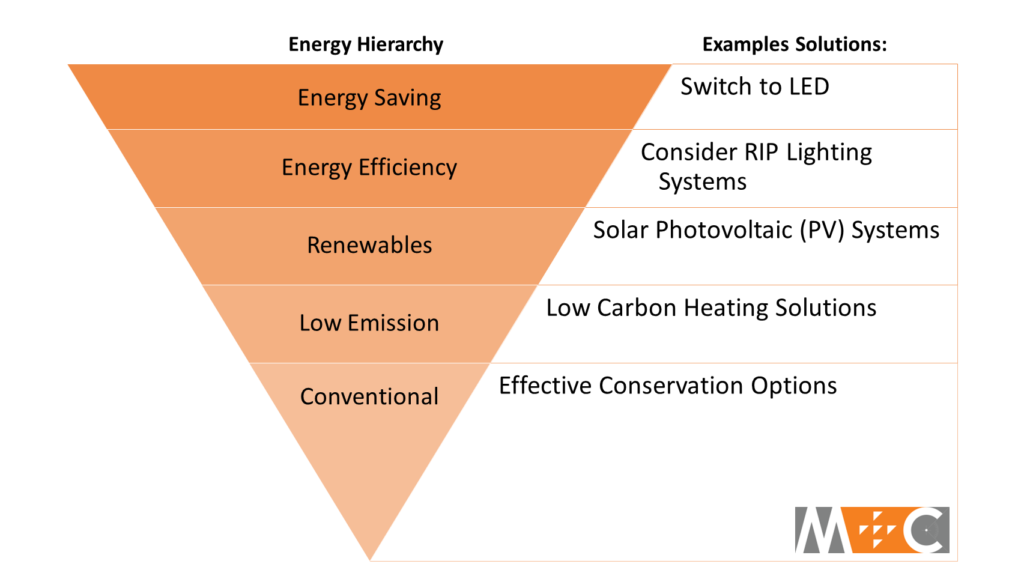
5 Ways to Reduce Your Schools Carbon Emissions
As part of the UK’s binding commitment to reach net zero by 2050 all public sector organisations are required to put in measures to help. Here are five effective strategies that schools can implement to minimise their carbon footprint:
1. Switch to LED:
LED Lighting is one of the easiest and most cost-effective ways to reduce energy consumption and carbon emissions is to transition to LED lighting throughout your facilities. LED bulbs use up to 90% less energy than traditional bulbs and can last up to 25 times longer, substantially cutting down on replacement costs and maintenance. Making this simple lighting upgrade can lead to substantial reductions in a school’s overall energy usage and carbon footprint.
2. Consider PIR Lighting Systems
3. Install Solar Photovoltaic (PV) Systems
Investing in solar PV systems is an excellent way for you to generate your own renewable electricity on-site! In many cases, the long-term cost savings from generating your own solar power can outweigh the upfront installation costs. Schools can potentially even earn revenue by selling excess solar energy back to the grid.
4. Implement Low-Carbon Heating Solutions
Heating accounts for a significant portion of a school’s energy consumption and carbon emissions. By transitioning to low-carbon heating solutions such as air-source or ground-source heat pumps, you can drastically cut your reliance on fossil fuel-based heating systems like natural gas boilers. Heat pumps are highly efficient and have a much lower carbon footprint, as they transfer heat rather than generating it through combustion. It’s a win – win situation.
5. Avoid Leaving Lights and Any Unused Appliances On Overnight
While it may seem insignificant, leaving a computer, printer, or TV on overnight can waste a surprising amount of energy. Not only does this waste energy and money, but it also contributes increases emissions which at the end of the day all add up. By simply getting into the habit of turning off lights, computers, printers, and other appliances after use, you can make a meaningful impact on reducing your carbon footprint.
